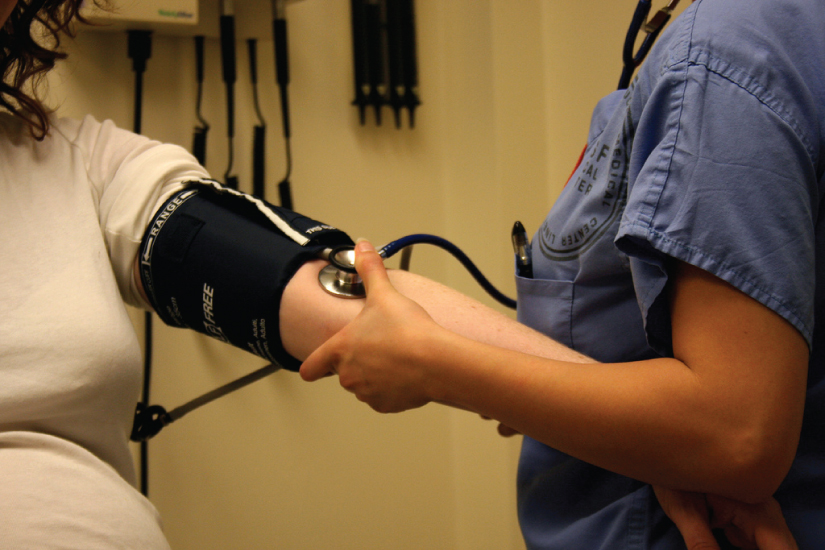
|

1.1 An introduction to the human body Read Online
1.2 The chemical level of organization Read Online

After studying this chapter, you will be able to:
Though you may approach a course in anatomy and physiology strictly as a requirement for your field of study, the knowledge you gain in this course will serve you well in many aspects of your life. An understanding of anatomy and physiology is not only fundamental to any career in the health professions, but it can also benefit your own health. Familiarity with the human body can help you make healthful choices and prompt you to take appropriate action when signs of illness arise. Your knowledge in this field will help you understand news about nutrition, medications, medical devices, and procedures and help you understand genetic or infectious diseases. At some point, everyone will have a problem with some aspect of his or her body and your knowledge can help you to be a better parent, spouse, partner, friend, colleague, or caregiver.
This chapter begins with an overview of anatomy and physiology and a preview of the body regions and functions. It then covers the characteristics of life and how the body works to maintain stable conditions. It introduces a set of standard terms for body structures and for planes and positions in the body that will serve as a foundation for more comprehensive information covered later in the text. It ends with examples of medical imaging used to see inside the living body.
Question: A tall skinny pitcher of water is emptied into a small sqautty pitcher. A child indicates that she feels the small has less water. The child has not yet mastered
Choices:
sympbolic schema
conservation
androgynous psychosocial issues
trust versus mistrust
Question: ______________ expanded on Piaget's conceptualization of moral development
Choices:
Erick Erikson
The Russian psychologist Lev Vygotosky
Lawrence Kohlberg
John B. Watson
Question: The statement, "the ego is dependent on the id" would most likely reflect the work of
Choices:
Erik Erikson
Sigmund Freud
Jay Haley
Arnold Lazarus, William Perry, and Robert Kegan
Question: Jean Piaget's theory has four stages. The correct order from stage 1 to stage 4 is
Choices:
formal operations, concrete operations, preoperations, sensorimotor
formal operations, preoperations, concrete operations, formal operations
sensorimotor, peroperations, concrete operations, formal operations
concrete operations, sensorimotor, preoperations, formal operations
Question: A child masters conservation in the Piagetian stage known as
Choices:
formal operations-12 years and older
concrete operations- ages 7 to 11
preoperations- ages 2 to 7
sensorimotor intelligence - birth to 2 years
Question: Freud's stages are psychosexual while Erik Erickson's stages are
Choices:
Pyschometric
Pyschodiagnostic
Psychopharmacological
Pscyhosocial
Question: According to Piaget, a child masters the concept of reversibility in the third stage, known as concrete operations operational thought. The notion suggests
Choices:
that heavier objects are more difficult for a child to lift
the child is ambidextrous
the child is more cognizant of mass than weight
one can undo an action, hence an object can return to its initial shape
Question: The only psychoanalyst who created a developmental theory which encompasses the entire life span was
Choices:
Erik Erikson
Milton H. Erikson
A. A. Brill
Jean Piaget
Question: In Freudian theory instincts are emphasized. Erik Erikson is an ego psychologist. Ego psychologists
Choices:
emphasize id processes
refute the concept of the superego
believe in man's powers of reasoning to control behavior
are sometimes known as radical behaviorist
Question: In Piagetian literature, conservation would most likely refers to
Choices:
volume or mass
defenses of the ego
the sensorimotor intelligence stage
a specific psychosocial stage of life
Question: Some behavioral scientists have been critical of the Swiss child psychologist Jean Piaget's developmental research inasmuch as
Choices:
he utilized the t test too frequently
he failed to check for type 1 of alpha errors
he worked primarily with minority children
his findings were often derived from observing his own children